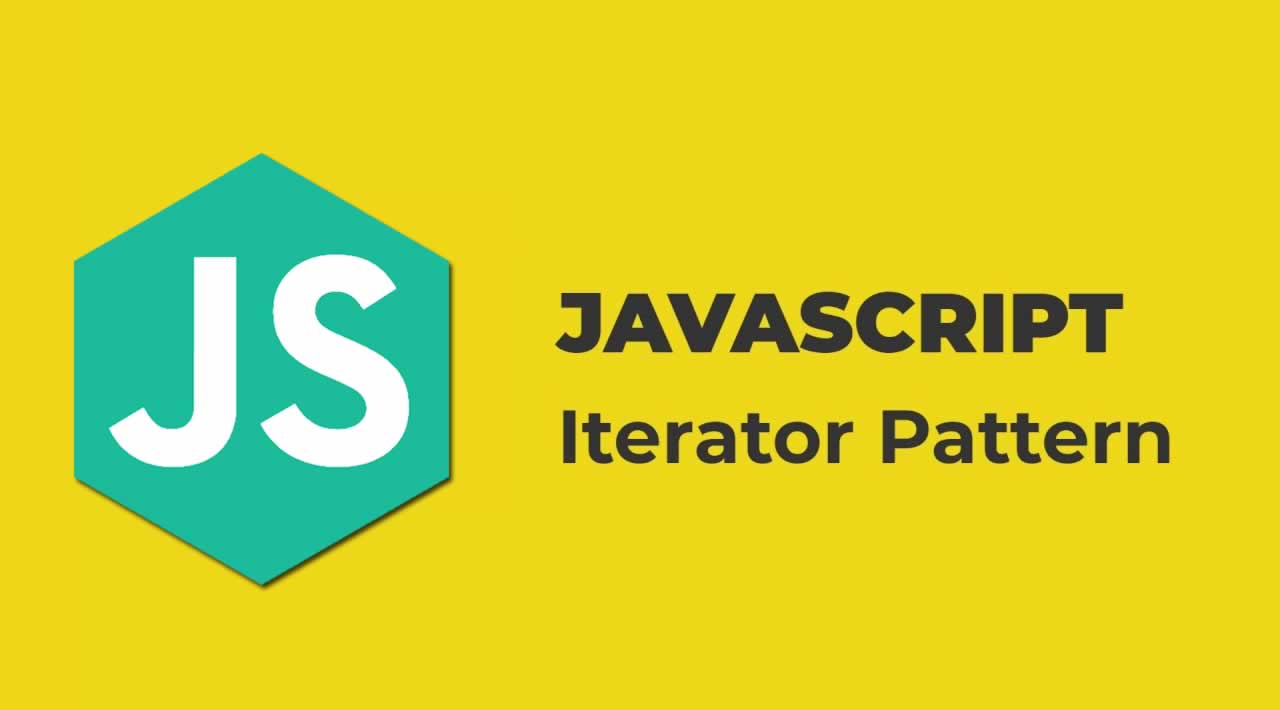
Implementing the same functionality without generators is much more work.

How exactly objectEntries() works is explained in a dedicated section. In ES6, They have standardized the Iterables as, below sample code,Įxample code of an Iterable implementation const Iterable = // Output: // name: raja // age: 25 Practically not possible to create consumers for all data sources, that’s the reason ES6 introduces Interface Iterable. For example, you may want to iterate over the elements of an Array, the key-value entries in a Map or the characters of a string.

Let me answer question one by one !!! What is Iterables and Iterators?ĮS6 introduces a new mechanism for traversing data: iteration. In easy way to Iterate data in Javascript is Iterators and generators, those are implemented in ES6.

So Iterators and Generators bring the concept of iteration directly into the core language and provide a mechanism for customizing the behavior of for.of loops. JavaScript provides a number of ways of iterating over a collection, from simple for loops to map() and filter(). Array has build-in iteration support function forOf(arr) console.In JavaScript, we need to Iterate a data for binding with UI right? so Processing each of the items in a collection is a very common operation. For an object to be iterable, it must have a function property with a erator key, which returns a new iterator for each call. This method returns an object with two properties: done and value. const symbol1 = Symbol() const symbol2 = Symbol('hi') console.log(typeof symbol1) //symbol console.log(symbol3.toString()) //Symbol(foo) // each symbol value created by Symbol function is unique console.log(Symbol('foo') = Symbol('foo')) // false // Symbol itself is a function console.log(typeof Symbol) //function IteratorĪn iterator is an object that provides a next method which returns the next item in the sequence. The Symbol function returns a value of type symbol.


 0 kommentar(er)
0 kommentar(er)
